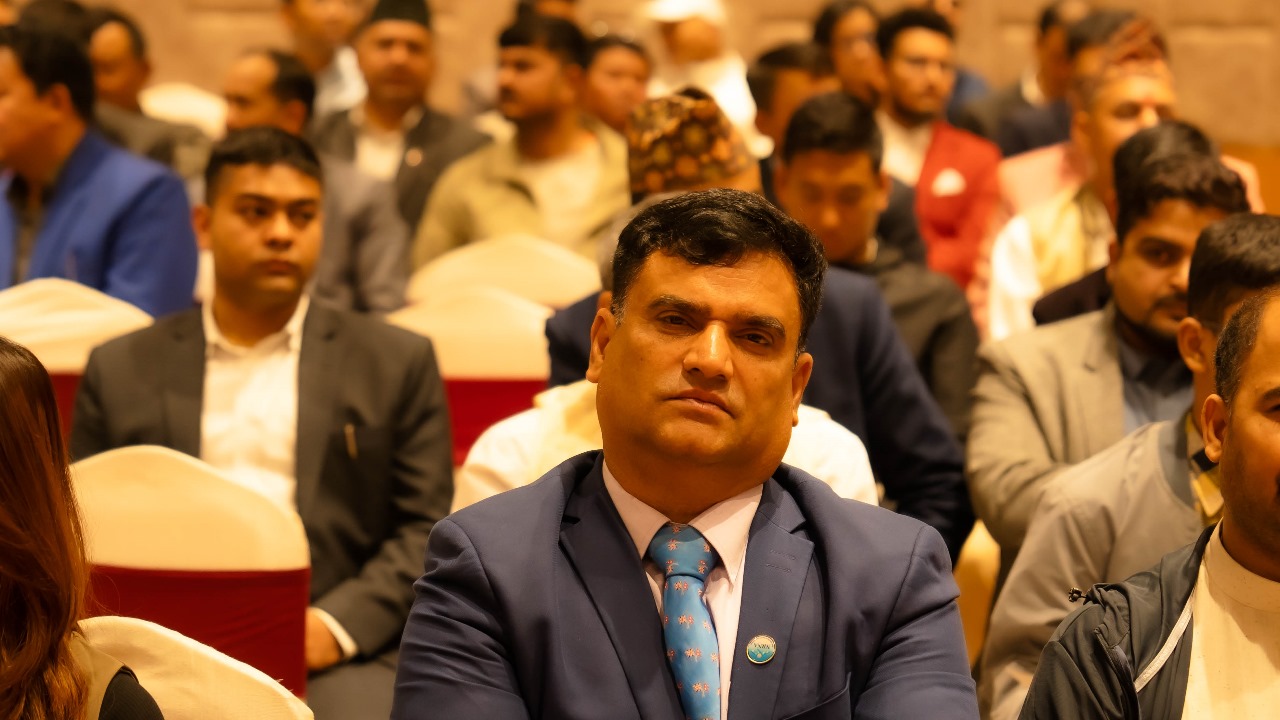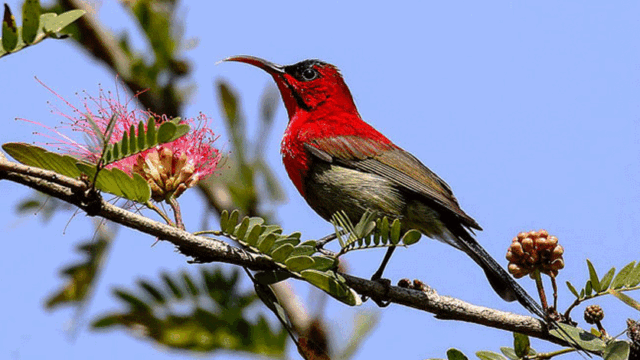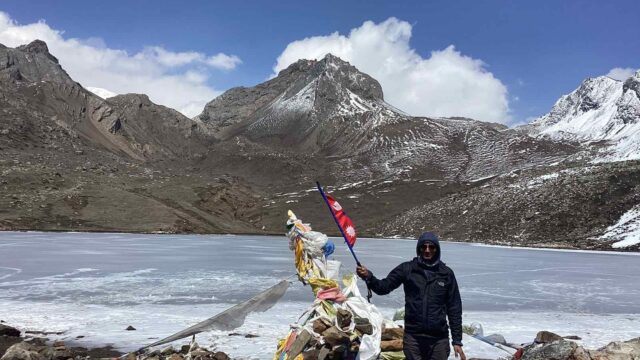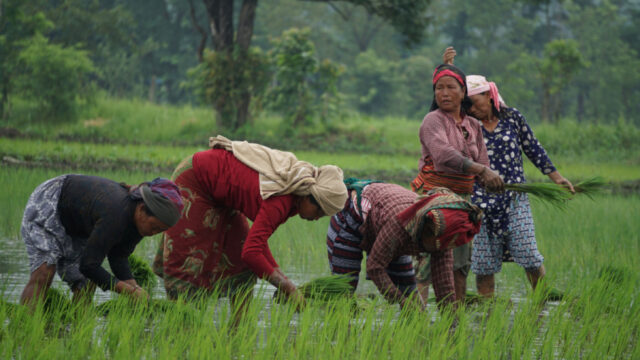To fully realize Nepal’s vast tourism potential, it requires a concerted effort from all sectors the Government of Nepal, the private sector, and the Non-Resident Nepali Association (NRNA). Working together, these entities can ensure the tourism sector grows sustainably, attracts global visitors, and benefits local communities. It’s diverse offerings, from its rich cultural heritage to breathtaking landscapes, provide immense opportunities for growth.
A strong foundation for tourism starts with improving it’s infrastructure. The Government of Nepal can lead by investing in essential upgrades to airports, roads, and public transportation, ensuring that tourists can easily access it’s key destinations. In parallel, the private sector should focus on building accommodations, eco-lodges, and other tourism-related facilities that meet the needs of diverse travelers. Meanwhile, the NRNA can play a crucial role by channeling investments from the Nepali diaspora to support large-scale infrastructure projects. Together, these efforts will help lay a solid foundation for sustainable tourism growth.

A unified, compelling brand is essential to attract international visitors. The Government should continue to champion campaigns like “Visit Nepal,” showcasing the country’s unique blend of natural beauty, adventure, and cultural heritage. The country allure lies not only in iconic destinations like Mount Everest and Lumbini, but also in its cultural richness, including temples, historical sites, and vibrant festivals. The private sector can complement these efforts by offering tailored tourism packages. The NRNA, with its global network, can help amplify Nepal’s visibility at expos and digital platforms. These coordinated efforts will enhance it’s presence in international markets and position the country as a must-visit destination.
To offer high-quality experiences, investing in skill development is key. The Government of Nepal can introduce training programs for local communities, focusing on hospitality, customer service, and cultural awareness. The private sector can organize workshops for tour guides, hotel staff, and other service providers, ensuring it’s offerings meet international standards. Additionally, the NRNA can bring international expertise and resources to support these training initiatives. By enhancing the skills of it’s workforce, the country will be well-equipped to meet the expectations of a growing number of global tourists.
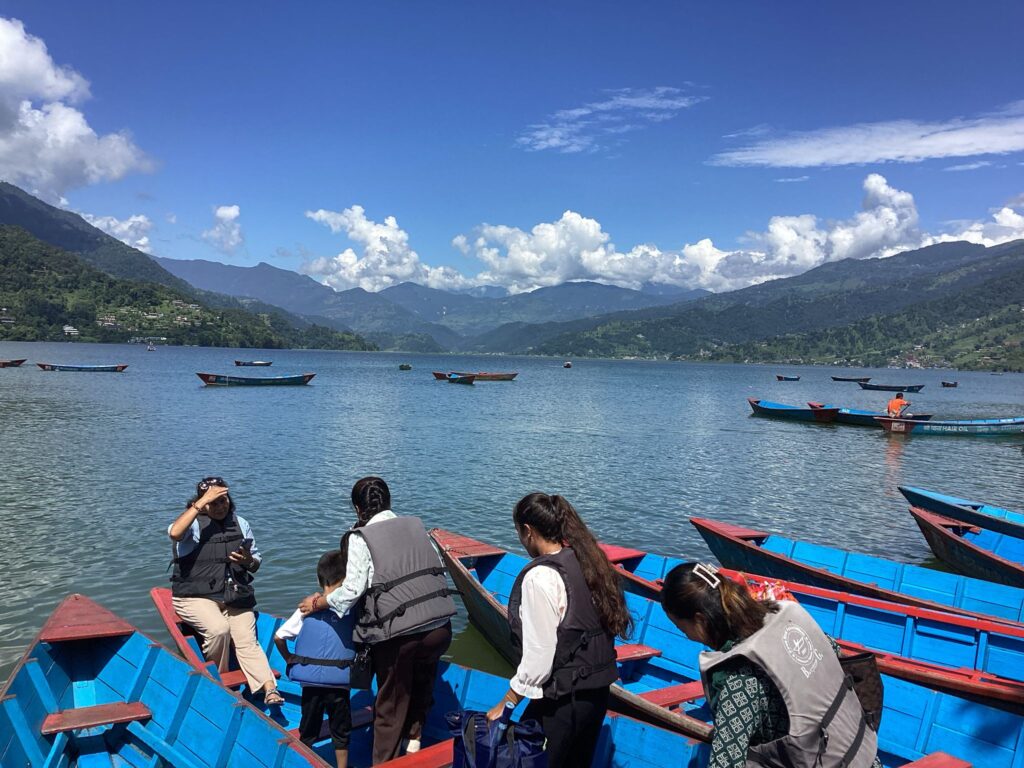
Attracting investments is vital to unlocking Nepal’s tourism potential. The government can make an attractive destination for investors by offering tax incentives and streamlining bureaucratic processes for tourism-related projects. The private sector can focus on investments in high-growth areas like luxury resorts, eco-tourism, and adventure parks. The NRNA can leverage diaspora remittances to fund cultural preservation and infrastructure development. This collaborative investment strategy will ensure long-term growth and sustainability for it’s tourism sector.
In today’s digital world, technology can play a transformative role in the tourism industry. The government can introduce online visa systems, digital platforms for bookings, and centralized tourism information hubs. The private sector can develop apps for virtual tours and seamless travel experiences. The NRNA can contribute by supporting tech startups focused on tourism innovation. These digital advancements will enhance the overall travel experience and ensure Nepal remains competitive in the global tourism market.
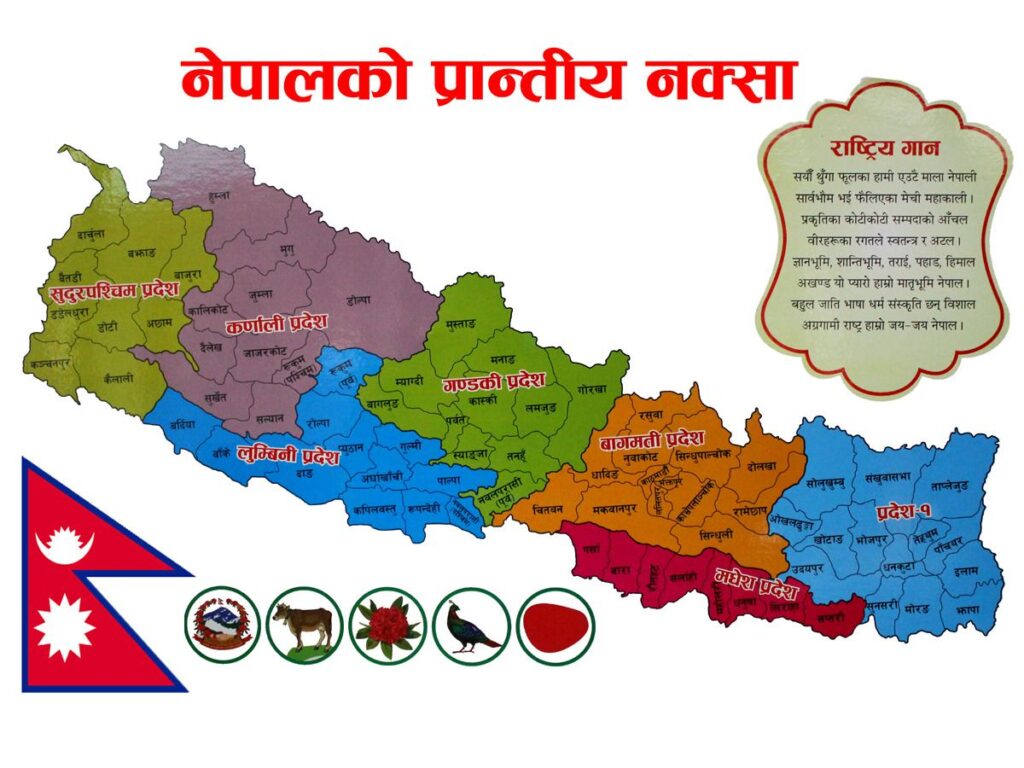
In the digital age, a robust digital marketing strategy is essential for Nepal to attract international tourists. The government, private sector, and NRNA can collectively invest in digital marketing campaigns across multiple platforms, such as social media, travel blogs, and online advertising, to showcase it’s unique tourism offerings. Creating high-quality content, including videos, virtual tours, and testimonials from travelers, can further engage global audiences.
Targeted digital campaigns can promote it’s diverse attractions, from trekking in the Himalayas to cultural and religious tourism, reaching potential visitors from key markets like India, China, Europe, and North America. Additionally, partnerships with international travel influencers and content creators can amplify Nepal’s tourism message globally. By embracing digital marketing, Nepal can significantly increase its visibility and attract a new generation of tech-savvy travelers.
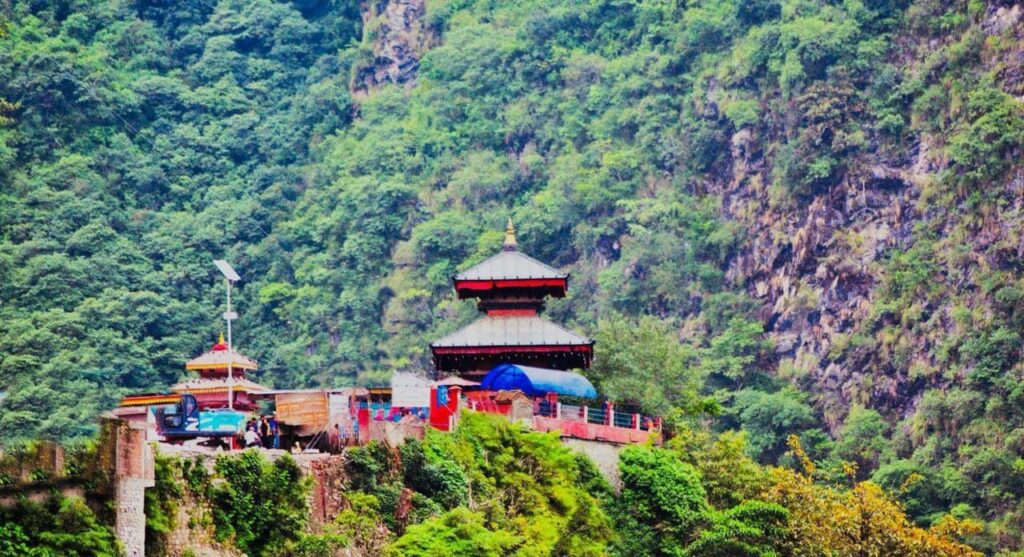
Sustainability is vital to the long-term health of Nepal’s tourism sector. The government can implement and enforce environmental regulations that protect it’s natural resources. The private sector can lead by developing eco-friendly accommodations, transportation options, and responsible waste management practices. The NRNA can help fund conservation projects and raise awareness of sustainable tourism practices globally. Together, these actions will ensure that tourism benefits both the economy and the environment, making Nepal a model for sustainable tourism.
Nepal’s rich cultural heritage is a major draw for international tourists. The government should prioritize the preservation of historical sites and cultural landmarks. The private sector can support these efforts by incorporating local artisans and traditions into tourism offerings. The NRNA can promote Nepal’s cultural heritage abroad, organizing events and festivals to raise global awareness. These efforts will help ensure that it’s cultural treasures continue to captivate visitors and serve as a major draw for cultural tourism.

Tourism in Nepal faces risks from natural disasters, pandemics, and other challenges. The government can create disaster preparedness plans, while the private sector can introduce flexible policies that support tourism businesses during crises. The NRNA can mobilize resources from the global Nepali community to aid in recovery efforts. Strengthening crisis management systems will help Nepal remain a safe and reliable destination for tourists, even in the face of unforeseen challenges.
Improved connectivity is essential to Nepal’s tourism success. One critical area for improvement is air connectivity. The government needs to revise and adapt its policies to facilitate more direct international flights to and from Nepal, reducing the need for long layovers and making travel more convenient for tourists. Additionally, investing in purchasing more aircraft to expand the national airline’s capacity will significantly improve Nepal’s international accessibility. The private sector can also invest in transport services and digital platforms to streamline travel bookings. The NRNA can assist by promoting cross-border travel and funding connectivity projects. A comprehensive approach to improving air connectivity will make Nepal more accessible, attracting more international visitors and ensuring easier travel within the country.

China and India are two of the largest and most important tourism markets for Nepal. The government should simplify visa processes for travelers from these countries and position Nepal as a premier destination for spiritual and adventure tourism. The private sector can create tailored travel packages targeting Indian and Chinese travelers. The NRNA can support promotional efforts by leveraging its networks in these countries. By focusing on these key markets, it can drive significant growth in tourist arrivals.
Festivals and cultural events are powerful tools for attracting tourists. The government should promote Nepalese festivals like Dashain, Tihar, and Buddha Jayanti to global audiences. The private sector can package these festivals into unique tourism experiences. The NRNA can help organize Nepal-themed events abroad to raise awareness of it’s vibrant culture. These initiatives will showcase it’s rich heritage, further establishing the country as a top destination for cultural tourism.
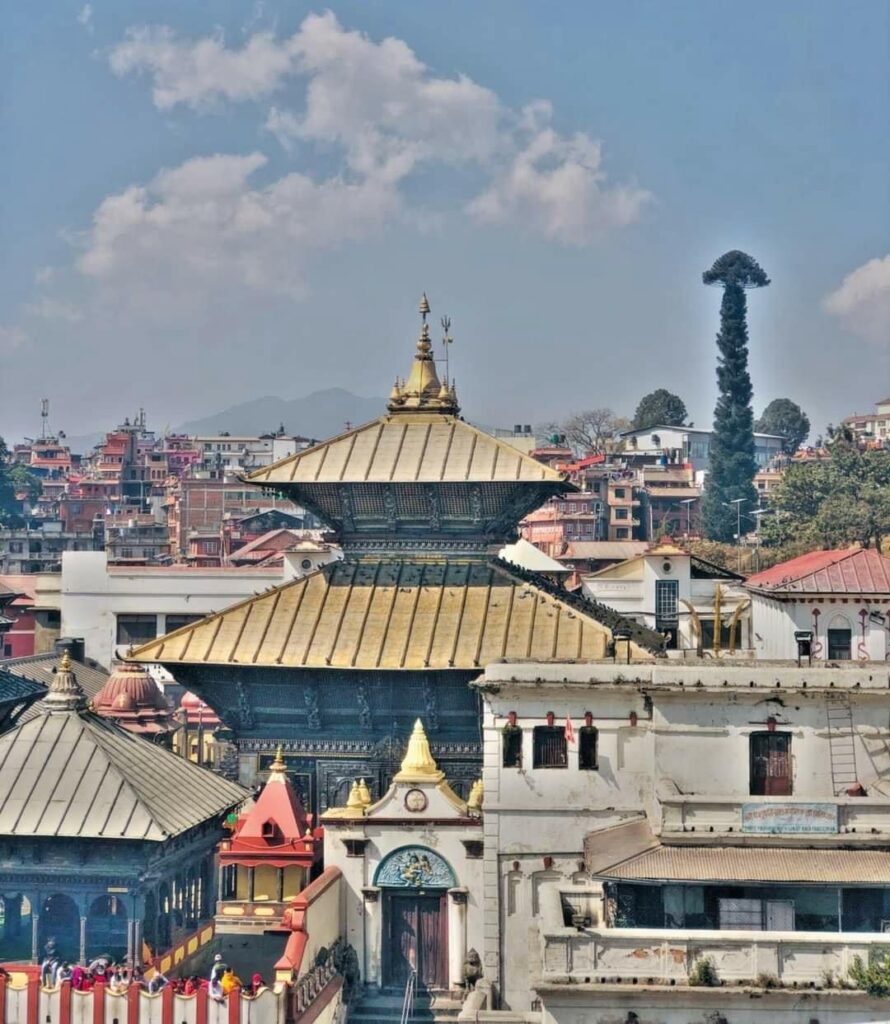
Public-private partnerships (PPPs) are crucial for large-scale tourism development in Nepal. The government, private sector, and NRNA can collaborate to co-develop projects such as new trekking routes, adventure parks, and eco-tourism hubs. These partnerships will pool resources and expertise, ensuring that tourism development is inclusive, sustainable, and beneficial to local communities. A strong PPP framework will position Nepal as a world-class destination, attracting investment and visitors alike.
Attracting investments from NRNs requires a favorable policy environment. The government can create incentives, such as offering long-term land leases for tourism projects or providing tax breaks for early-stage tourism ventures. Streamlining investment approval processes and offering transparency will further boost investor confidence. Collaborating with NRNs will not only provide necessary funding but also ensure the sustainable development of it’s tourism sector.
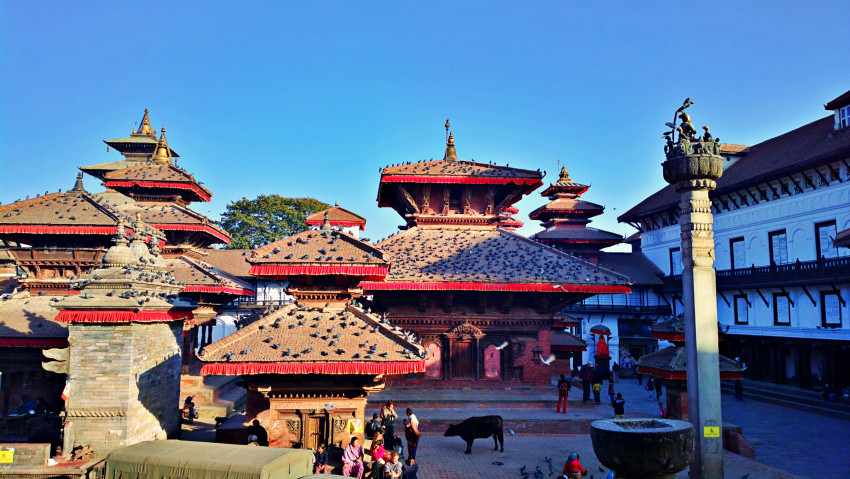
Religious tourism is an essential part of Nepal’s identity. With sacred sites like Lumbini, Pashupatinath Temple, and Ram Janaki Temple, it attracts thousands of pilgrims each year. The government can further enhance infrastructure around these religious sites, improving accessibility and amenities. The private sector can offer tailored packages for religious tourists, while the NRNA can promote it’s spiritual destinations to international audiences, particularly within Buddhist and Hindu communities across Asia. These religious sites, combined with it’s natural beauty, make it an exceptional destination for spiritual tourism.
The future of Nepal’s tourism lies in collaboration. The Government of Nepal should create a supportive policy environment, while the private sector drives innovation and expansion. The NRNA can provide international expertise and funding, ensuring that it’s tourism initiatives succeed. Together, these combined efforts will position Nepal as a globally recognized tourism destination, creating sustainable economic growth, preserving its cultural heritage, and generating employment opportunities for local communities.
Written By: Som Nath Sapkota (Tourism Promoter for the Wales Ministry of Culture, Tourism and Civil Aviation, Nepal)
